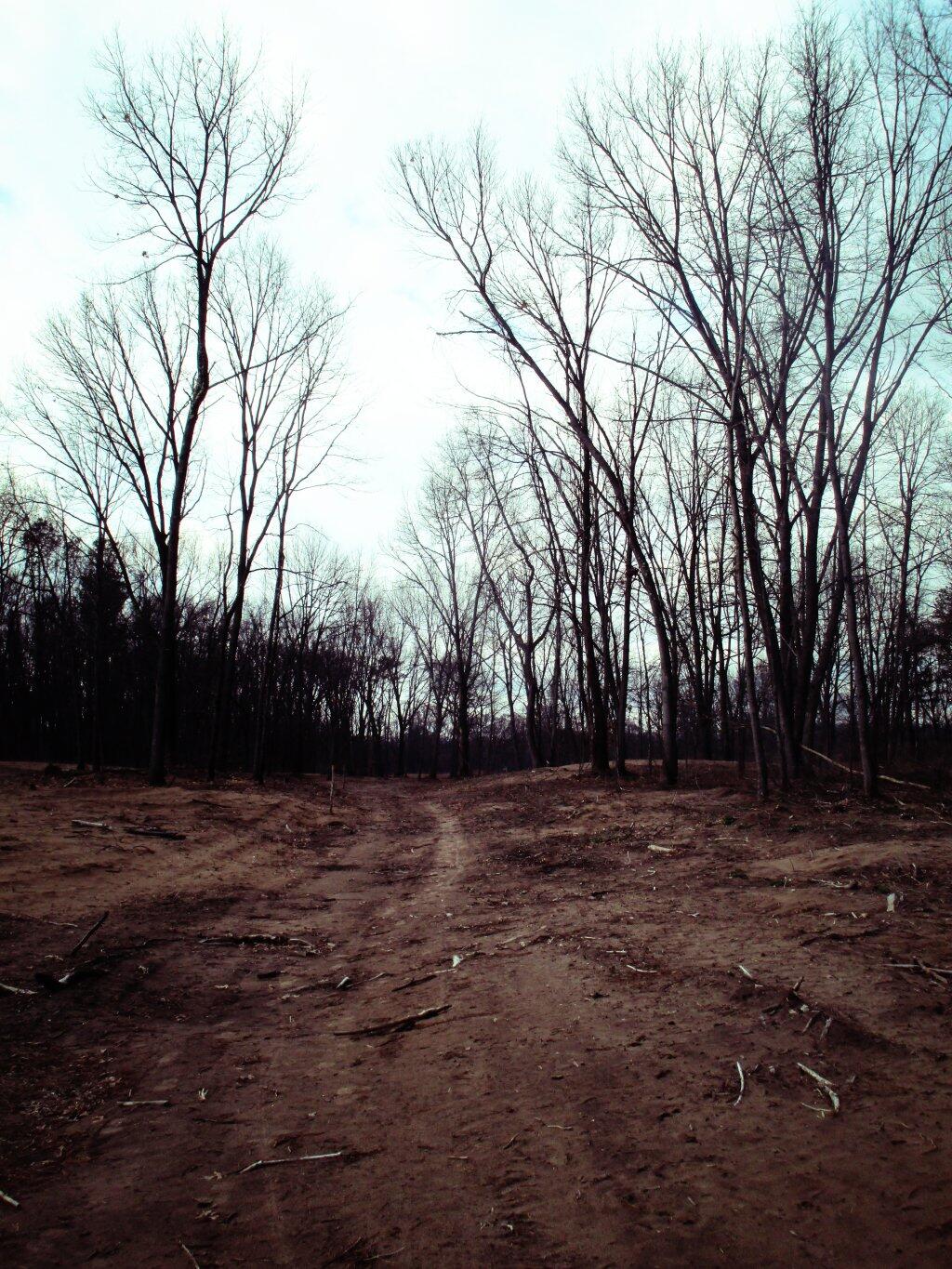Removal
Goats and Soda : NPR
A federal judge in Florida ruled on Monday that the Centers for Disease Control and Prevention can no longer require masks for all forms of public transportation — planes, trains, buses, subways. Even Uber dropped its mask requirement for passengers and drivers in response to the judge's ruling, although Lyft did not.
In addition, many cities have lifted mask mandates for public spaces as COVID case counts have declined in recent weeks.
Yet omicron variants have been causing COVID cases to rise in some places — a special concern for those more vulnerable to COVID becuase of age or medical conditions as well as people who just don't want to come down with the virus.
So a number of people are "one-way maskers" — the terms used for those who mask up even if others around them do not.
Muzzle wearing today 😷
Muzzle wearing today 😷
I still wear my muzzle when I’m in close spaces with others, when I’m in the office away from my desk, on the bus, running to the store, and so forth. I don’t wear the muzzle when I’m walking outside or for maybe a quick run into the store, but I don’t see the harm in wearing the muzzle. It’s a habit now, and if it offers some protection, then all the better.
Increasingly I’m a one-way masker — the only person or one of a few people who are wearing a mask in the room. But knowing how much a spit when I talk, and how much a disgusting pig with saliva that I can be, I figure the muzzle is keeping me a bit safer from everything from just the ordinary cold to the COVID. Why not, my masks are pretty comfortable, well broken in and are just normal to wear.
I don’t like being told to wear my muzzle. I don’t like government muzzle mandates, especially now that COVID cases are so low. But often the government tells you don’t have to do something, you should do it anyway, because it’s right for you. Wearing a muzzle makes sense, if can keep you health and avoid problems down the road.
Snow Depth – Tuesday April 19
Callery Pear
National Perspective on the Runaway Callery Pear – New York State Urban Forestry Council
I moved from Rochester to the Hudson Valley in 2010. In the eight years since, I’ve noticed a steady proliferation of escaped Callery pears in the Valley. From one undeveloped bowl of land at a busy corner in my town emerges a cloud of white in the spring and some admittedly striking fall color come late October/early November. The problem is that not much else is growing there now, and many of these volunteer trees have reverted to thorniness, creating giant impenetrable thickets.
Callery pears have a mixed rating on wildlife value; on the one hand, bees and other insects visit the flowers in spring and a few species of songbirds eat the fruit after it softens in the winter. On the other hand, Callery pears do not support caterpillars in any significant numbers, so they do not provide adequate food for baby birds the way that oaks and other native trees do. From University of Delaware Professor Doug Tallamy, Author of Bringing Nature Home
From University of Delaware Professor Doug Tallamy, Author of Bringing Nature Home
Why are self-sterile cultivars of Callery pear producing fruit? One way it happens is when fertile pear understock sprouts, flowers, and produces viable pollen. Another: by the late 1990s, the introduction of new Callery pear cultivars beyond ‘Bradford’, cultivars like ‘Aristocrat’ and ‘Chanticleer’, led to an unexpected dilemma: in areas where large numbers of Callery pears were planted, the self-sterile cultivars starting pollinating one another. Then came the fruit, then came bird dispersion of the fruit … and “Pyrus, We Have a Problem.”
